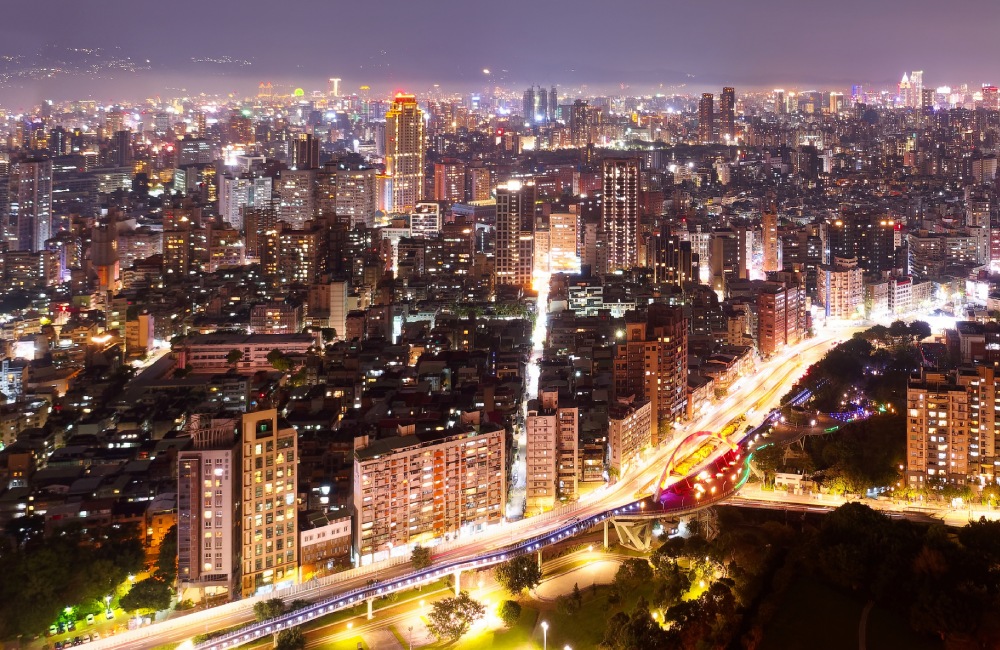Designing RGB LED lights to reduce light pollution
Night lighting is a phenomenon that has, in the last couple of decades, gained popularity. From the magnificently lit monuments that make passers-by stop in wonder to well-lit sky-touching modern buildings that amplify its grandness, good lighting at night time is all about highlighting the aesthetics of a structure.
Hence, to emphasize the immensity and even give the buildings a holiday or a festive feel, specific illumination called Architectural RGB lighting, which is a combination of red, blue and green LEDs that produce over 16 million hues of light are used. These light give a character to a mere construction while setting it into a spotlight.
However, there is one adverse effect of structural lighting, and it is damaging the environment. Known as light pollution, this form of widespread contamination is caused by the combined light from buildings, monuments, streetlights, parking lots, malls, office buildings, etc. that though adds glow to the night skies lead to the below underlying issues-
- Waste of energy and contributing to greenhouse gas emissions
- Restricting the clarity and visibility of stars
- Disrupting biological rhythms, ecosystems, and biodiversity
- Road accidents and unsafe driving conditions for particularly older motorists due to glare from bad lighting
- Interference with human metabolism and sleep because of constant exposure to artificial lighting
Thus, companies like Havells are redefining RGB LED lighting by continually developing products that curb light pollution in the below 3 ways-
- Providing motion sensors outdoor lamps
Lights during the night are required for the safety and security of people and easy maneuvering around the city. However, the use of motion-sensitive bulbs, which light up when movement is detected, will reduce this kind of pollution as well as cut down on the overall costs of electricity. Another way is to use dimmers and timers to decrease average illumination levels and save even more energy.
- Intelligently designed, low-glare fixtures, outdoor lights
There are many alternatives for outdoor lighting available in the market. Thus, opting for those with low-glare will guarantee lesser pollution and unrequired excessive brightness.
- Use LED Light
To protect the ecosystem, the use of LEDs and compact fluorescents (CFLs) can help reduce energy use, but these should be warm-coloured bulbs. The architectural LED lighting moreover allows for a lowered luminance without imperiling on visibility. Additionally, it is better to avoid intense blue outdoor lighting as it has a significantly more extensive geographic reach.
Thus, to contribute towards decreasing the light pollution level, it is vital to invest in high-quality RGB lighting from one of the largest electrical companies in the country, Havells. So, check out their mechanically superior and environment-friendly products here.

